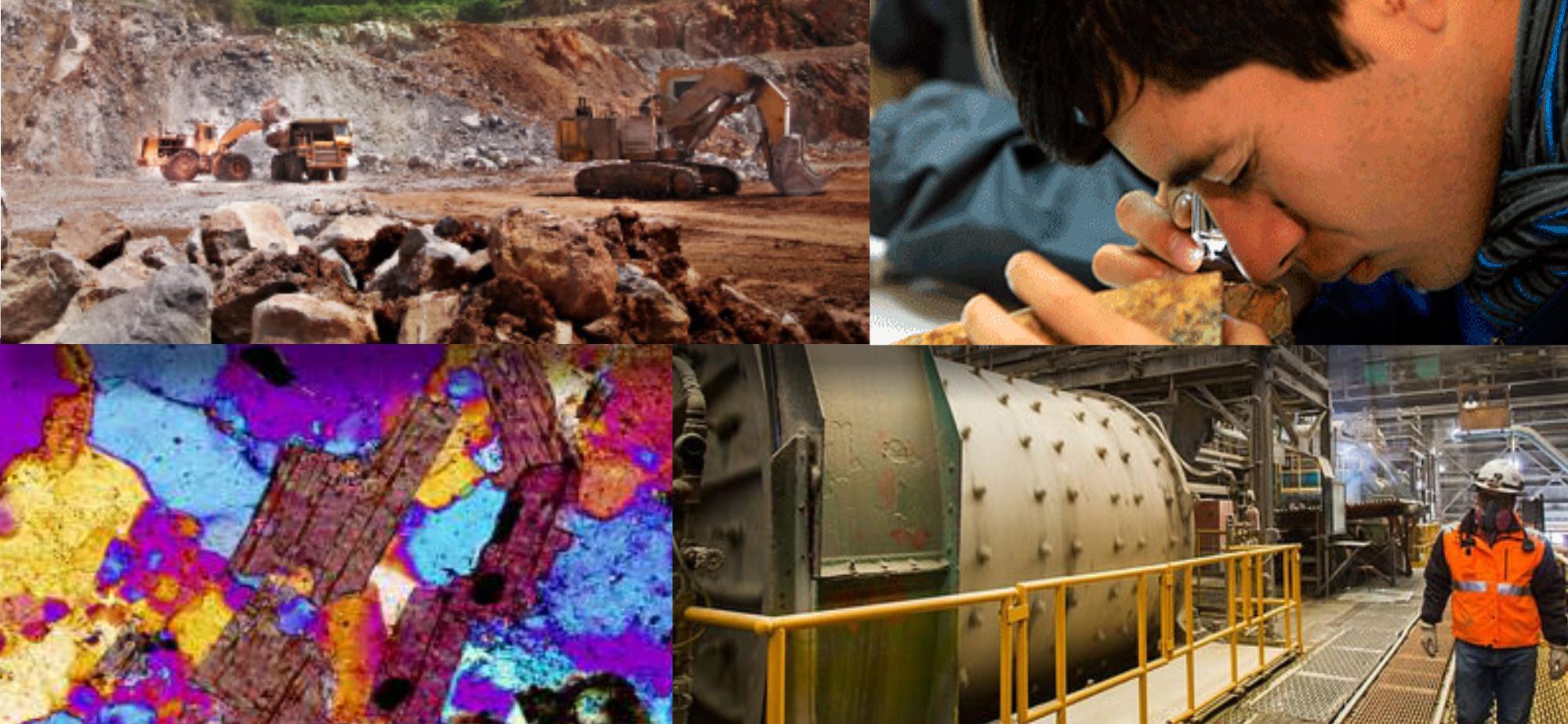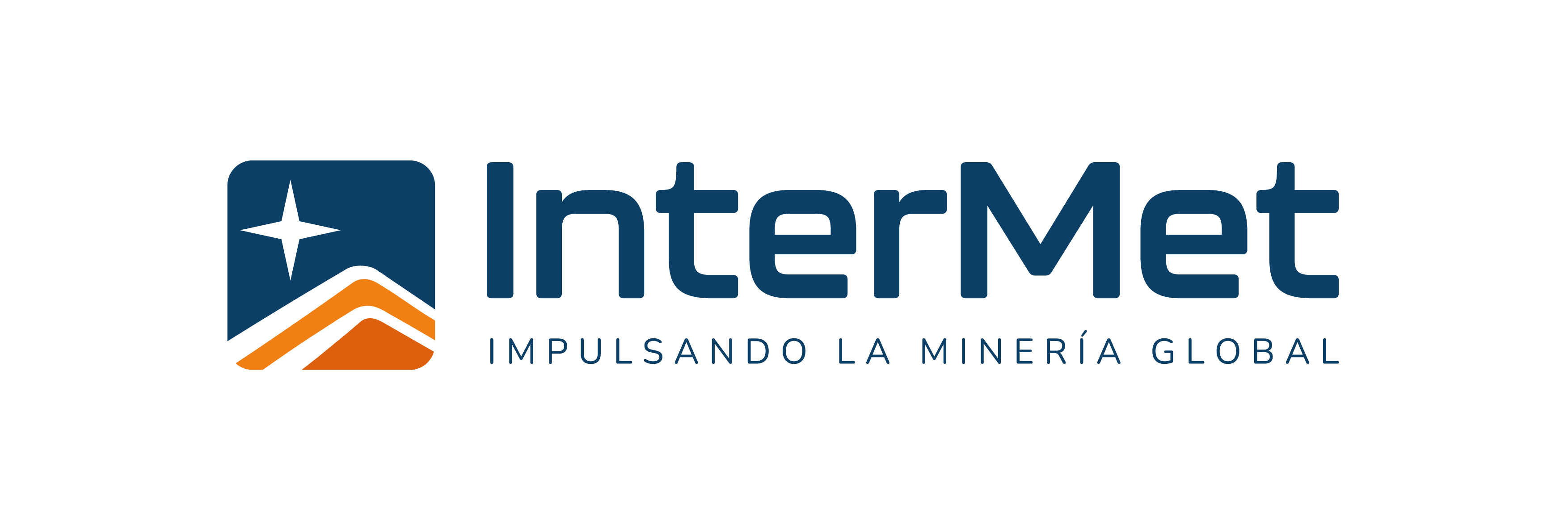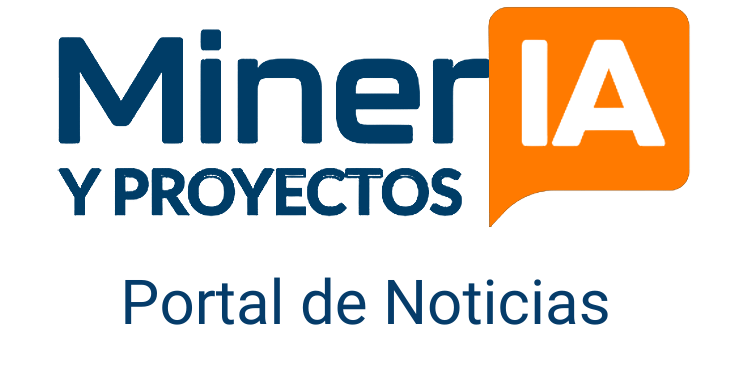SAMPLING THEORY, SAMPLING PRACTICES – MISTAKES TO AVOID AND OPPORTUNITIES TO GRAB

OBJECTIVES
Poor sampling, compounded by poor laboratory subsampling, leads to questionable geostatistics, and generates severe conciliation problems between the geological model, the mine, and the plant estimates. These problems also affect the price of commodities and the validity of environmental assessments. The result is a huge money loss for the company involved, evolving later in likely litigation. It is of key importance for geologists, miners, metallurgists, chemists, and environmental specialists to extract maximum information from the available data, as large investments and crucial decisions depend on it. False evaluations lead to devastating scenarios such as:
- Abandonment of viable properties.
- Exploitation of unprofitable properties.
- Mismanagement of viable properties.
- Incompetence in fraud detection.
It is critical to quantify the heterogeneity of important constituents in any new property. Failure to do appropriate testing leads to invalid sampling and subsampling protocols, excess drilling, and a biased database that would later lead to false geostatistics. The following sequence is part of an inescapable practice:
- How is the constituent of interest distributed in the material to be sampled?.
- Conduct Heterogeneity Tests to quantify the sampling characteristics of the constituent of interest.
- Optimize sampling protocols and the way they are implemented, according to the results from the Heterogeneity Test.
- Implement protocols using valid sampling equipment: 75% of the sampling equipment available on the market will never do the job.
- Implement a comprehensive, systematic quality control program to monitor sampling precision and accuracy.
The staggering cost of irrelevant data variability is not easy to detect, quantify, or correct. A strategy for effective management of variability will enable managers to identify and minimize annoying conciliation problems between theoretical models and reality: Your decisions are only as good as your samples!
The course offers simple ways to quantify money losses for a given sampling precision, and it provides a good strategy to prevent sampling inaccuracy for which there is no statistical cure. Unless sampling precision and accuracy are clearly connected to economic issues, it is unlikely that managers would understand the need to improve sampling protocols and the way they are implemented. At the end of the course, attendees will be better equipped to present the economic advantages of good sampling. Thus, the course is a pre-requisite for bank investment: Bankers must listen and trust the Sampling Theory.
COURSE TOPICS
INTRODUCTION
- Fundamental statistical concepts used in sampling theory and sampling practices.
- Nine kinds of sampling errors: You must address one at a time, otherwise sampling is almost always invalid.
- Heterogeneity of major and trace constituents.
- Examples of common financial losses due to poor sampling practices.
- Definition of Data Quality Objectives.
- Presentation of a new quality strategy based on Data Quality Objectives.
- Synergy between Data Quality Objectives and sampling protocols.
- Definition of basic terms and symbols.
SAMPLING THEORY & PRACTICE
- Errors generated by sample weights.
- Optimization of sampling protocols.
- Description of Heterogeneity Tests for a normal case and for a difficult case .
- Errors generated by segregation.
- Practical implementation of sampling.
- Review of sources of sampling biases.
- Exploration of the Nugget Effect.
- Selection of realistic, economical cutoff grades.
- Detailed review of existing sampling systems:
– During exploration (diamond core, RC, ….)
– At mines (blastholes, …)
– At plants (cross stream systems, in-stream probes, augers,…)
– At laboratories (splitters, crushers, pulverizers, shovels, spoons, spatulas,…)
– For sampling commodities at shipping facilities
– For sampling the environment. - Monitoring precision and accuracy of sampling and subsampling protocols.
- Quantifying the awesome cost of sampling precision.
- Suggestions for better sampling standards.
RECONCILIATION PROBLEMS BETWEEN THE GEOLOGICAL MODEL, THE MINE AND THE PLANT
- The myth of reconciliation.
- Identification of major sources of reconciliation problems.
- Capitalize on existing data is a gold mine of opportunities.
- Understand the different kinds of heterogeneity and the variability they generate.
- Become proactive through effective statistical thinking.
MANAGEMENT MUST SET PRIORITIES
- Find causes of problems and structural properties you must live with.
- Invest in minimizing causes of problems.
- Find effects of problems and circumstantial properties you cannot control.
- Save money by spending less on effects of problems.
- Managing visible cost:
– Historical priority places on visible cost
– The accountant’s point of view
– Discovering invisible cost:
– The staggering cost of constituents grade variability
– Reconciling statistical and accounting points of view.
INTRODUCTION TO CHRONOSTATISTICS
- Critical review of sampling and measurement modes: random systematic, stratified random, and random.
- Introduction to variographic statistical process control.
- Advances variography.
- Introduction to variographic statistical process control.
THE MOVING AVERAGE, A PRAGMATIC, SIMPLE BUT DELICATE TOOL
- How much averaging is appropriate.
- The random noise.
- THE CORRECTED DATA.
THE RELATIVE DIFFERENCE PLOT: THE BEST TOOL FOR QC MONITORING
- Detection of a conditional bias as a function of time.
- Detection of a conditional bias as a function of increasing constituent content.
AN IMPROVEMENT STRATEGY FOR EFFECTIVE SAMPLING
- Get educated about the Theory of Sampling and Sampling Practice.
- Benchmark sampling systems used for Material Balance.
- The weakness of sampling bias tests.
Dr. FRANCIS PITARD
Dr. Francis F. Pitard is a consulting expert in Sampling, Statistical Process Control and Total Quality Management. He is President of Francis Pitard Sampling Consultants (www.fpscsampling.com) and Technical Director of Mineral Stats Inc. (www.mineralstats.com) in Broomfield, Colorado USA. He provides consulting services in many countries. Dr. Pitard has six years of experience with the French Atomic Energy Commission and fifteen years with Amax Extractive R&D. He taught Sampling Theory, SPC, and TQM for the Continuing Education offices of the Colorado School of Mines, the Australian Mineral Foundation, for the Mining Department of the University of Chile, and the University of Witwatersrand in South Africa. He has a Doctorate of Technology from Aalborg University in Denmark. He is the recipient of the prestigious Pierre Gy’s Gold Medal for excellence in promoting and teaching the Theory of Sampling (Cape Town, South Africa, 2009). Consultant of InterMet for Peru. Chairman of II Mineral Sampling Congress to be held in Lima on September 2021.
INVESTMENT: US$1,000
CONSULTA SOBRE ESTE CURSO
No dude en comunicarce con nosotros y de inmediato lo vamos a guiar en todo lo necesario.
NOTA : Los campos que poseen (*) son considerados obligatorios.

